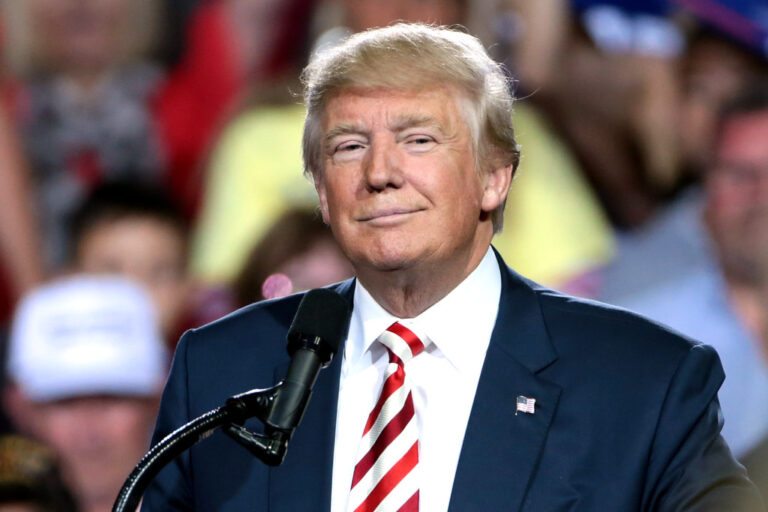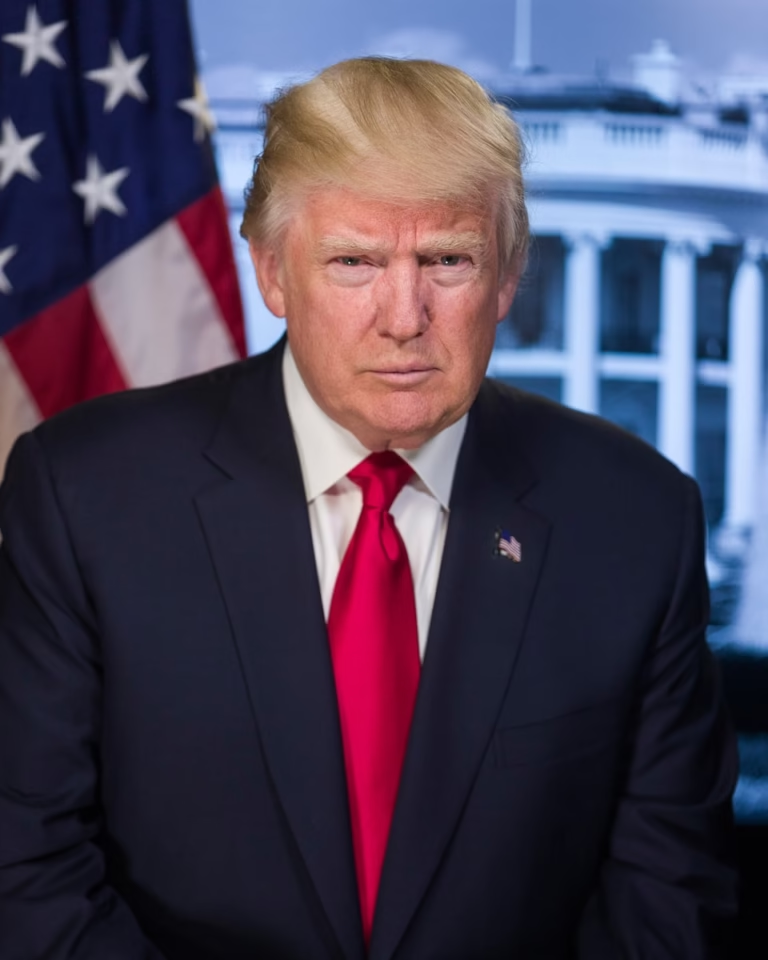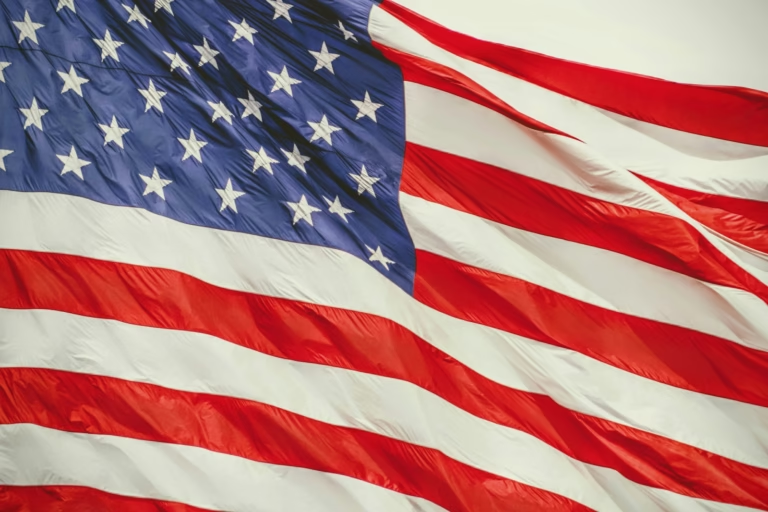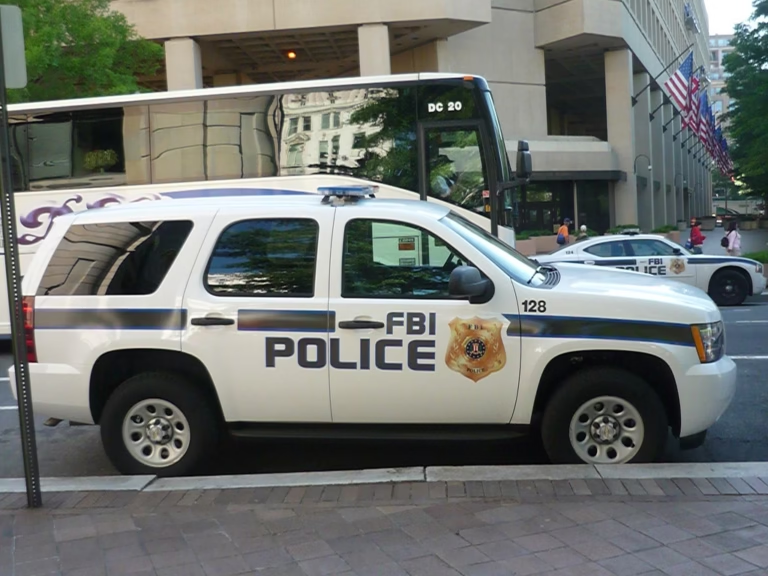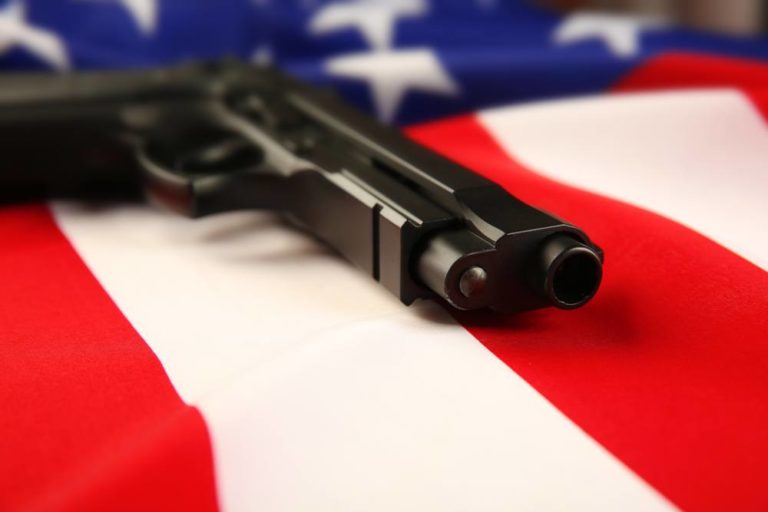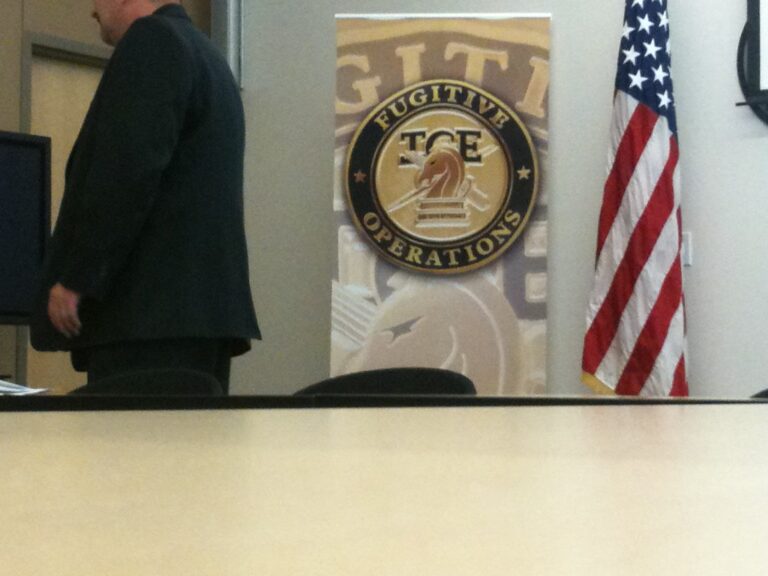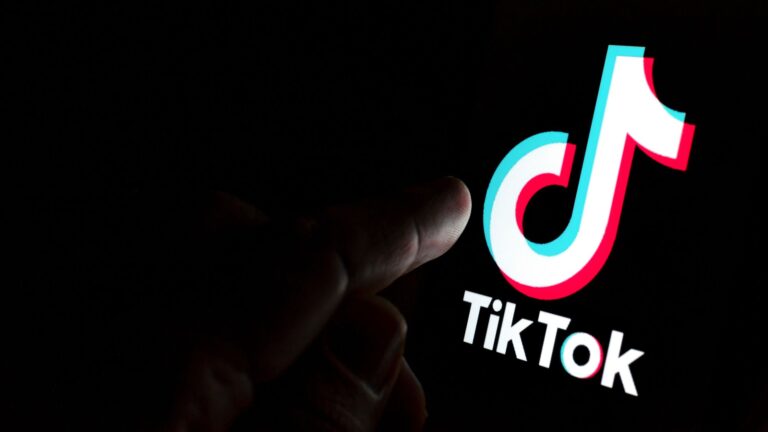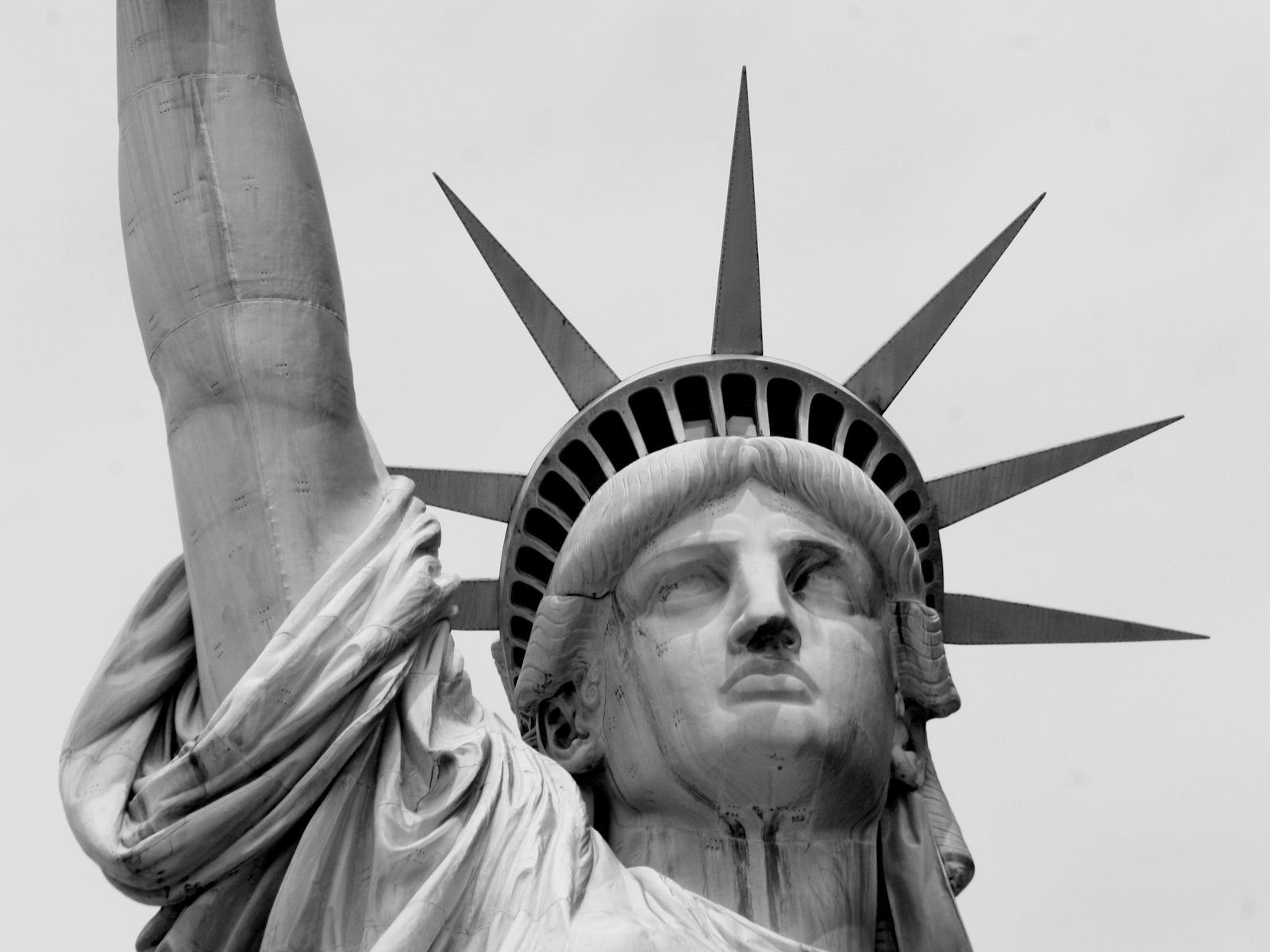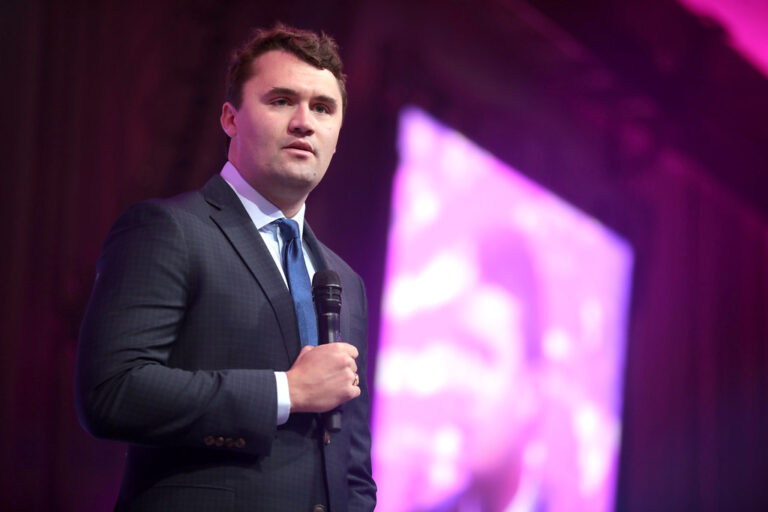Key Takeaways:
- President Trump is about to speak at the U.N. General Assembly.
- Many world leaders are worried about America’s fading global leadership.
- Trump’s “America First” 1strategy has changed how the U.S. interacts with the world.
- Issues like Ukraine, Gaza, and global trade are key concerns this week.
- Trump’s actions have raised doubt about U.S. commitment to its allies.
America First in the Global Spotlight
President Donald Trump is set to address the United Nations General Assembly in New York this Tuesday. His arrival comes at a time when several parts of the world are in serious trouble — from violent conflict in Gaza to war in Ukraine. Across the globe, leaders are asking the same question: can the United States still lead the world anymore?
For decades, the U.S. has played a top role in solving international problems, helping allies, and guiding global policy. But under President Trump’s “America First” plan, that leadership seems unclear. Now, many are wondering if the U.S. still wants to lead or just take care of itself.
Shifting Alliances Under Trump’s America First Plan
Trump’s America First policy means putting the needs of the U.S. above all else. That may sound simple, but it has changed how the country deals with others. For example, the U.S. has cut back on foreign aid, even to countries that depend on it. This has made some nations feel abandoned.
Trump has also started trade fights with long-time allies. He’s added tariffs — special taxes — on goods from both friends and rivals. This has caused tension with countries like Canada, Mexico, and even Germany. While Trump says it helps U.S. workers, others believe it adds stress to global trade.
America First also questions the value of old alliances like NATO. Trump has said other countries should pay more to defend themselves, which some leaders see as backing away from U.S. promises.
Warm Words for Rivals, Cold Shoulders to Friends
Perhaps one of the most surprising changes is how President Trump treats world leaders. While he’s had sharp words for close allies, he’s spoken more warmly to rivals. For example, his relationship with Russia has been confusing to many. While the U.S. has punished Russia for actions in Ukraine, Trump himself seems to praise Vladimir Putin at times.
During his time in office, Trump has also spoken directly with North Korean leader Kim Jong-un. This is something no other U.S. president has done. The meetings were historic, but they didn’t lead to major progress. Still, they show how Trumps prefers bold moves over traditional diplomacy.
This new style has made it hard for some leaders to predict what America will do next. As world problems grow, that lack of clear direction is causing concern.
The World’s Problems Are Growing
This week’s U.N. meeting comes during a time of great global stress. Ukraine is still fighting against Russian-backed forces. The war has killed thousands and driven millions from their homes. Gaza remains in chaos, with violence flaring up again and again. Meanwhile, other places face problems too — hunger, climate change, and mass migration.
In the past, the United States helped lead the way during such hard times. But now, America’s role isn’t as clear. Trump’s America First plan doesn’t always focus on global teamwork. Instead, he wants U.S. policies that only help Americans — even if others are hurt.
As world leaders gather, they want to know: will the U.S. step up or step aside?
Hopes and Worries at the U.N. Assembly
The United Nations General Assembly brings together almost every country in the world. It’s a key time for leaders to talk, plan, and work together. For many, it’s also a chance to see what the U.S. plans to do under Trump’s ever-changing foreign policy.
Some leaders hope Trump will agree to join forces to solve major problems. Others fear he’ll use the U.N. stage to push his America First plan even harder. If that happens, global teamwork could suffer.
However, Trump’s defenders say his bold style shakes things up for the better. They claim that old ways haven’t solved today’s problems. They believe a tougher U.S. can force countries to be more fair.
Still, even Trump’s critics agree on one thing: his presence will shape the tone of the entire event.
Can America First and Global Leadership Work Together?
Here’s the big question: is it possible for the U.S. to care only about itself and still lead the world? President Trump says yes. He believes putting America first makes it stronger at home and in talks abroad. Yet many argue that global leadership means working with others, even when it’s hard.
When America pulls back, others step in to fill the gap. China and Russia are now becoming more active in global decisions. Some worry that Trump’s choices are giving them more power, while the U.S. loses trust.
It’s not just about politics either. The impact of “America First” reaches ordinary people. When the U.S. cuts foreign aid, children in poor countries go hungry. When trade wars begin, factories around the world slow down. These are real consequences that show how deeply America’s actions matter.
What Will Happen Next?
As Trump steps up to speak at the United Nations, the world will be watching closely. His words could decide how nations work together — or grow further apart. Whether his America First ideas continue or change will depend, at least in part, on how other leaders respond.
Will they push back, demand U.S. help, or start solving problems without involving America at all? That’s what makes this U.N. meeting so important. It’s not just about speeches. It’s about deciding the future role of one of the world’s most powerful countries.
One thing is sure: the U.S. under President Trump will not go unnoticed. Whether that’s a good or bad thing in the long run is still up for debate.
FAQs
What does “America First” mean in politics?
It’s a policy where the U.S. focuses on its own needs before helping other countries. President Trump uses it often.
Why is the U.N. General Assembly important?
It brings together leaders from almost every country to discuss global issues and find ways to solve them together.
How has Trump’s America First policy changed U.S. foreign relations?
It’s caused tension with allies, reduced foreign aid, and made U.S. leadership seem less reliable in global crises.
Can the U.S. still lead the world with an America First policy?
That’s unclear. Some say yes — by leading with strength. Others think global leadership needs more teamwork and trust.

